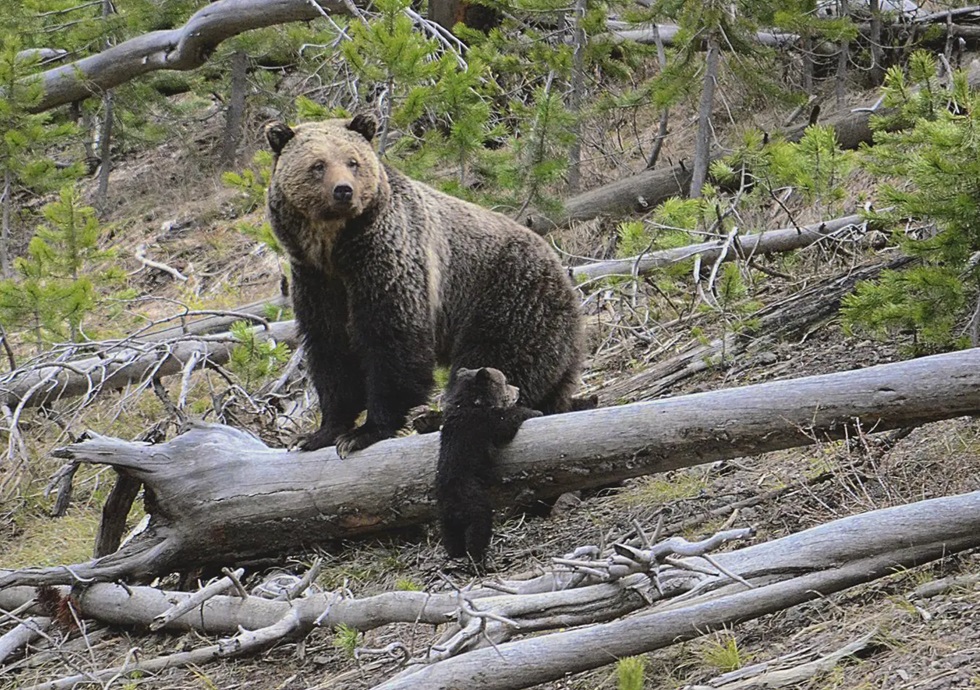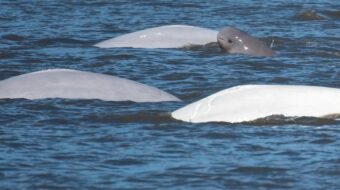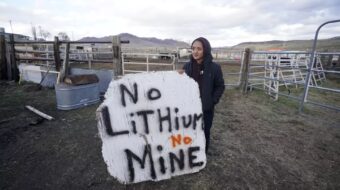
The United States Fish and Wildlife Service (USFWS) is in the process of considering plans for the restoration of grizzly bear populations to the Bitterroot ecosystem — which covers the western part of Montana and Central Idaho — where they have not been spotted regularly for decades.
Meanwhile, Idaho’s governor and congress continue their attempts to remove the grizzlies’ protections under the Endangered Species Act (ESA), reported the Idaho Statesman.
“The Bitterroot ecosystem is one of the six identified grizzly bear recovery zones in the lower 48 States. Although individual grizzly bears have been documented in the Bitterroot Ecosystem, no established population — defined as having two or more breeding females or one female with two consecutive litters — currently exists in this recovery zone,” a USFWS press release said. “The U.S. Fish and Wildlife Service is announcing a public scoping period to consider options for restoring grizzly bears to the Bitterroot ecosystem.”
In 2023, a federal district judge in Missoula, Montana ruled that plans to restore grizzly habitat in the Bitterroot Recovery Zone must be restarted by the USFWS, the Idaho Conservation League (ICL) said. The recovery zone is one of five other areas that the Grizzly Bear Recovery Plan of 1993 identified as having a large enough quality habitat for a recovered grizzly population.
At 5,500 square miles, the Bitterroot Recovery Zone is almost three times the size of the other recovery areas in Idaho put together — including the Selkirk, Cabinet-Yaak and Greater Yellowstone ecosystems.
The Bitterroot Recovery Zone is one of the biggest intact spans of wilderness in the contiguous U.S. and includes parts of the Frank Church River of No Return and Selway-Bitterroot Wilderness areas. The habitat has been estimated by biologists to be able to support roughly 300 grizzly bears.
The last evidence of grizzly tracks in the Bitterroots was seen in about 1946, following a century of hunting, trapping and livestock “predator control.” The bears were first listed as an endangered species in 1975, but have rebounded and stabilized in some areas.
“All Americans should celebrate the recovery path these bears are on, thanks to ESA protections. However, these gains haven’t been made with all of the grizzly populations — especially in the Bitterroots,” ICL said.
There are currently grizzlies in the Cabinet-Yaak and Greater Yellowstone recovery zones, the Idaho Statesman reported.
In the past several years, Republicans in Idaho have been vehemently opposed to ESA protections for grizzlies, and have introduced bills and threatened legal action to get them delisted.
“There are many factors playing a role in the unsuccessful recovery of Bitterroot grizzlies. Highway systems and other factors involving human-related conflicts have primarily kept bears in the North Continental Divide and Yellowstone recovery zones from re-occupying available habitat in the Bitterroot,” said ICL.
In 2000, the USFWS announced a plan to phase in an “experimental population” consisting of 25 grizzlies, but a suit was brought by the State of Idaho and the plan was never finalized. Now, thanks to the ruling by the Missoula judge, the USFWS must take a “fresh look at a strategy for supporting restoration of grizzly bears in the Bitterroot Ecosystem.”
This includes a time period for public comments.
“The USFWS must now take actions to restore a ‘recovered’ population of grizzlies in the Bitterroots that is well distributed, self-sustaining, and protected well enough to maintain long-term ‘viability and connectivity (to other populations),’” ICL said. “In addition to new science, other factors the USFWS will need to examine as it develops a new Environmental Impact Statement will include grizzly bear management priorities, effects on cultural and Tribal resources, and potential socioeconomic effects.”
ICL said it hopes the bears will be returned to a large portion of their core habitat in Idaho.
“We hope the State of Idaho works constructively toward this goal — after all, to ensure that Idaho’s wildlife heritage is passed down to future generations, the full range of Idaho’s native wildlife must be represented across our lands and waters,” ICL stated.
This article was reposted from Ecowatch.
We hope you appreciated this article. At People’s World, we believe news and information should be free and accessible to all, but we need your help. Our journalism is free of corporate influence and paywalls because we are totally reader-supported. Only you, our readers and supporters, make this possible. If you enjoy reading People’s World and the stories we bring you, please support our work by donating or becoming a monthly sustainer today. Thank you!












Comments